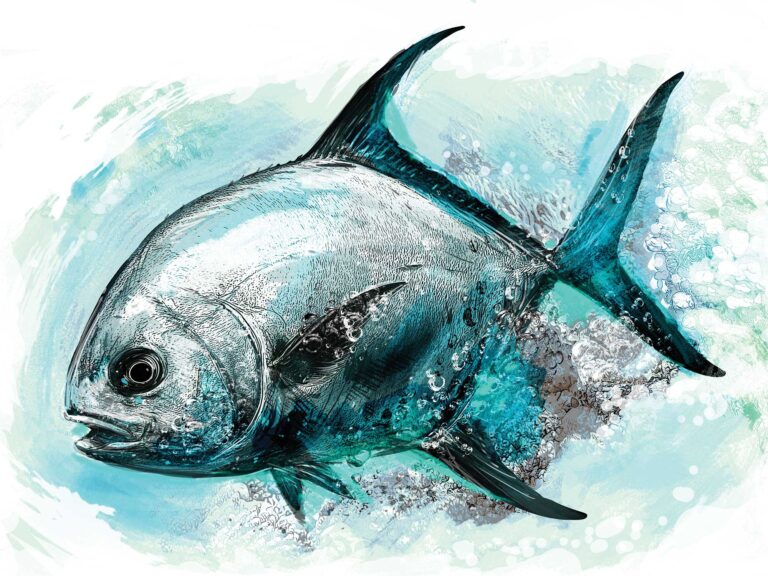
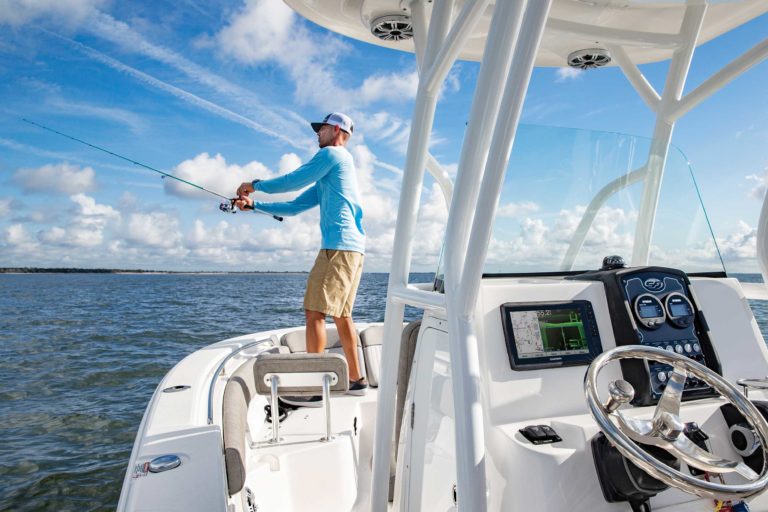
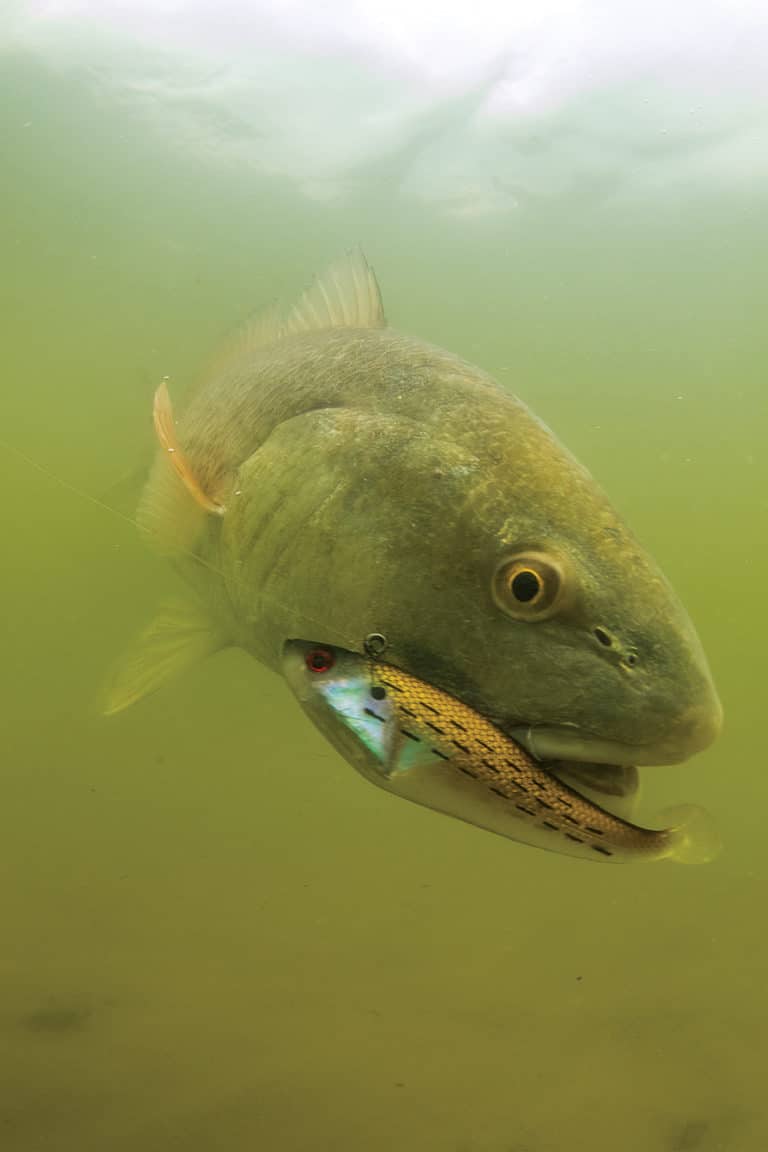
Learn more about the top fishing destinations every angler should know. Our fishing guide experts share tips and discuss their best fishing trips from around the world. If you’re looking to plan a fishing excursion, but don’t want the hassle of booking everything yourself, check out our fishing packages with Sport Fishing Expeditions or Marlin Expeditions, where you will fish alongside local captains and professional anglers for an unforgettable, personalized fishing experience.
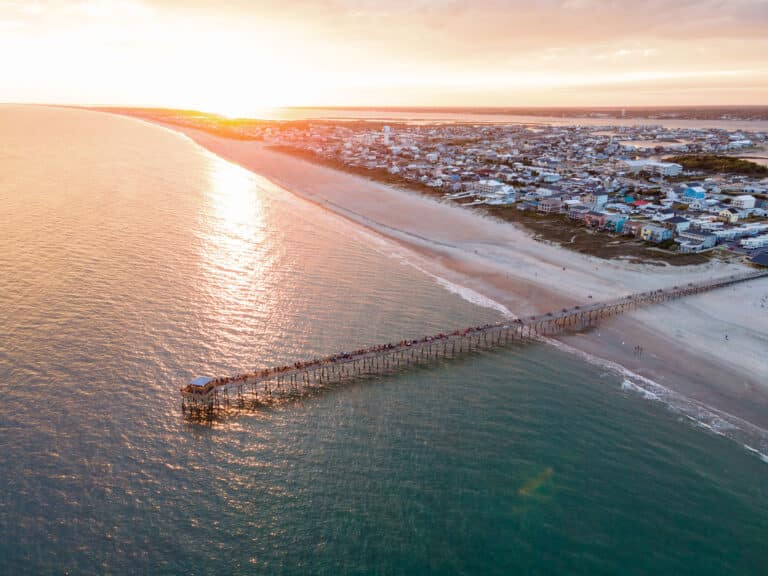
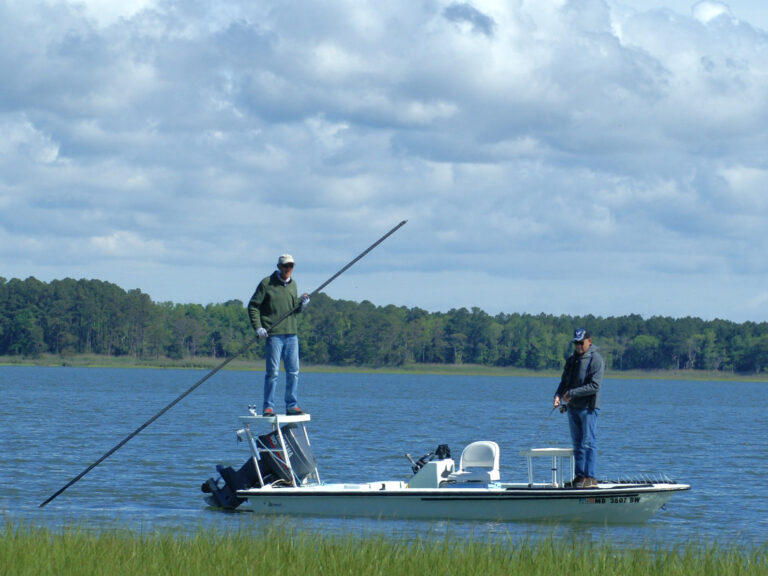
Many products featured on this site were editorially chosen. Sport Fishing may receive financial compensation for products purchased through this site.
Copyright © 2025 Sport Fishing Firecrown. All rights reserved. Reproduction in whole or in part without permission is prohibited.